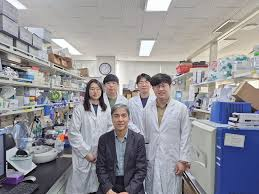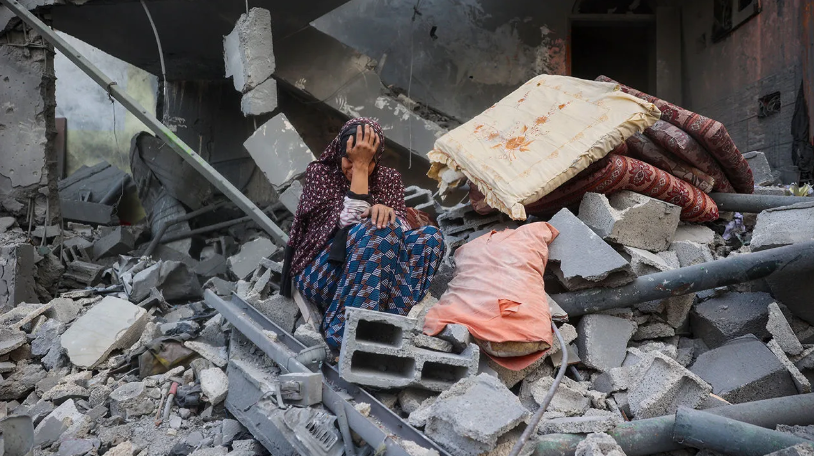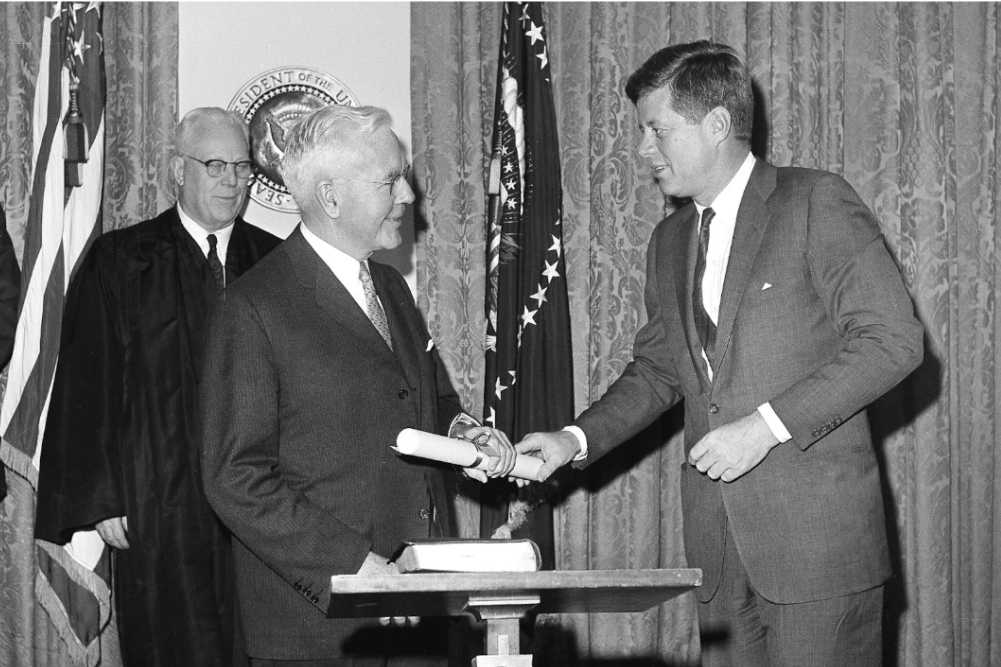The Korea Advanced Institute of Science and Technology (KAIST), has recently had a groundbreaking discovery – the ability to revert some cancer cells back into its normal state without destroying or trying to wipe it out with radiation therapy and other treatments.
Professor Cho Kwang-Hyun and a group of four students in the Department of Bio and Brain Engineering at KAIST were the individuals who studied and observed how normal cells transform into cancer cells, specifically colon cancer cells.
The five noticed the point of critical transition of the cell’s transformation, the point where the product is transformed into another form, such as water freezing and turning to ice at 32° F. Critical transition also occurs when cells turn into cancer cells, acquiring the exact traits and characteristics to be considered a cancer cell.
Cho’s team discovered that there are also unstable critical transitions during tumorigenesis, or the process when cells develop cancer and tumors. During the unstable transitions, normal and cancerous cells can both be present in a person. With their findings, the team spent time analyzing what they could do with the unstable moments of tumorigenesis.
They were able to create a new and original technology system. The technology looks for the RNA sequencing data that controls cancer revision using a method called stimulation analysis. The team applied their new technology to colon cancer cells, and from different experiments, they confirmed that it is possible for cancer cells to regain the traits of a normal cell.
Their study was funded by the National Research Foundation of Korea under the Ministry of Science and ICT through the Mid-Career Researcher Program and Basic Research Laboratory Program and the Disease-Centered Translational Research Project of the Korea Health Industry Development Institute (KHIDI) of the Ministry of Health and Welfare.
These findings can be useful for the development of curing cancer in the future, potentially replacing radiation therapy, which can cause hair loss, fatigue, skin changes, and even heart and lung problems. The new technology may also be adapted in many other cancer foundations and be the new base of cancer therapies. Although the studies have only been applied to colon cancer, there is hope that it can be expanded and useful to all sorts of cancerous cells and tumors.














